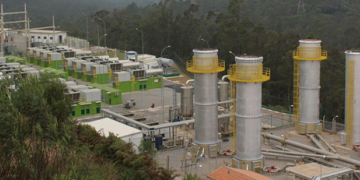Co-Management Between Indigenous Communities and the Government
Governance Beyond Borders
The Protected Areas Fund as a financial sustainability strategy
The Socio Bosque Program a successful incentive and conservation strategy
Sustainable tourism management
